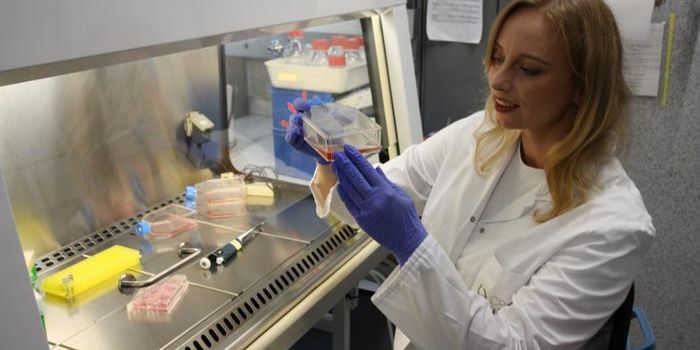A Look at Occupational Cancers on Labor Day
Today marks Labor Day in the United States, an annual celebration of the American workforce and its contribution to the nation's strength and wealth. In recognition of the holiday dedicated to workers, we will take an opportunity to review some studies focused on occupational cancers. Mortality due to occupational cancers in the United States is estimated between 4 – 10%.
Occupational cancers consist of malignancies partially or fully attributed to workplace exposures. Carcinogens, substances that cause cancer, remain prevalent in various workplaces, leading to increased cancer risk for those who work there. Some carcinogens found in workplaces include asbestos, benzenes, and radiation.
Occupational cancers are certainly not a new concept. While scientists have observed links between particular jobs and cancer for centuries, modern medicine has provided more explanations and strengthened our understanding of causal associations. Bernadino Ramazzini, an Italian physician, reported in 1713 that Catholic nuns experienced high breast cancer rates. Modern research has validated this observation by linking uninterrupted estrogen exposure in women who do not have children to breast cancer. In 1775, Percivall Pott discovered a higher rate of testicular cancer in chimney sweeps. Now, we understand that the tar and halogenated hydrocarbons derived from chimney soot are indeed carcinogenic.
A 2021 study investigated how much of the global cancer burden is attributable to 13 occupational carcinogens, including arsenic, asbestos, chromium, diesel engine exhaust, nickel, silica, and sulfuric acid. The data investigated 13 carcinogens related to seven types of cancer (ie, leukemia, mesothelioma, and bronchial, larynx, lung, nasopharynx, kidney, ovarian, and tracheal cancers). The researchers observed significant variation among the carcinogens evaluated. The data showed that exposure to asbestos and silica significantly impacted the global cancer burden. Further, most carcinogens revealed links to tracheal, bronchial, and lung cancers. The study also demonstrated an association between benzene exposure and leukemia. Those working with petroleum or chemicals may experience high exposure to benzenes, but other jobs, like painting and printing, also increase benzene exposure.
Some professions associated with well-defined chemical carcinogens have been well-established to increase cancer risk, but other jobs are linked to less well-known cancer risk factors. For example, office jobs or other professions characterized by long periods of sitting can increase cancer risk. Further, jobs performed primarily outdoors, including those doing construction or landscape work, farmers, lifeguards, or mail carriers, may experience excessive sun exposure that could increase cancer risk. Veterans and military personnel also experience job-related cancer risk, including skin cancer associated with sun exposure.
Preventing work-related cancer risks could have a significant impact on reducing the global cancer burden. Implementing evidence-based policies to help reduce occupational carcinogen exposures, thus decreasing the effect of occupational cancers.
Sources: Environ Health Perspect, Int J Environ Res Public Health, J Environ Sci Health C, Lancet Oncol, JAMA Network Open, Am J Epidemiol, Postepy Dermatol Alergol, Prev Med Rep, Saf Health Work, Ind Health









